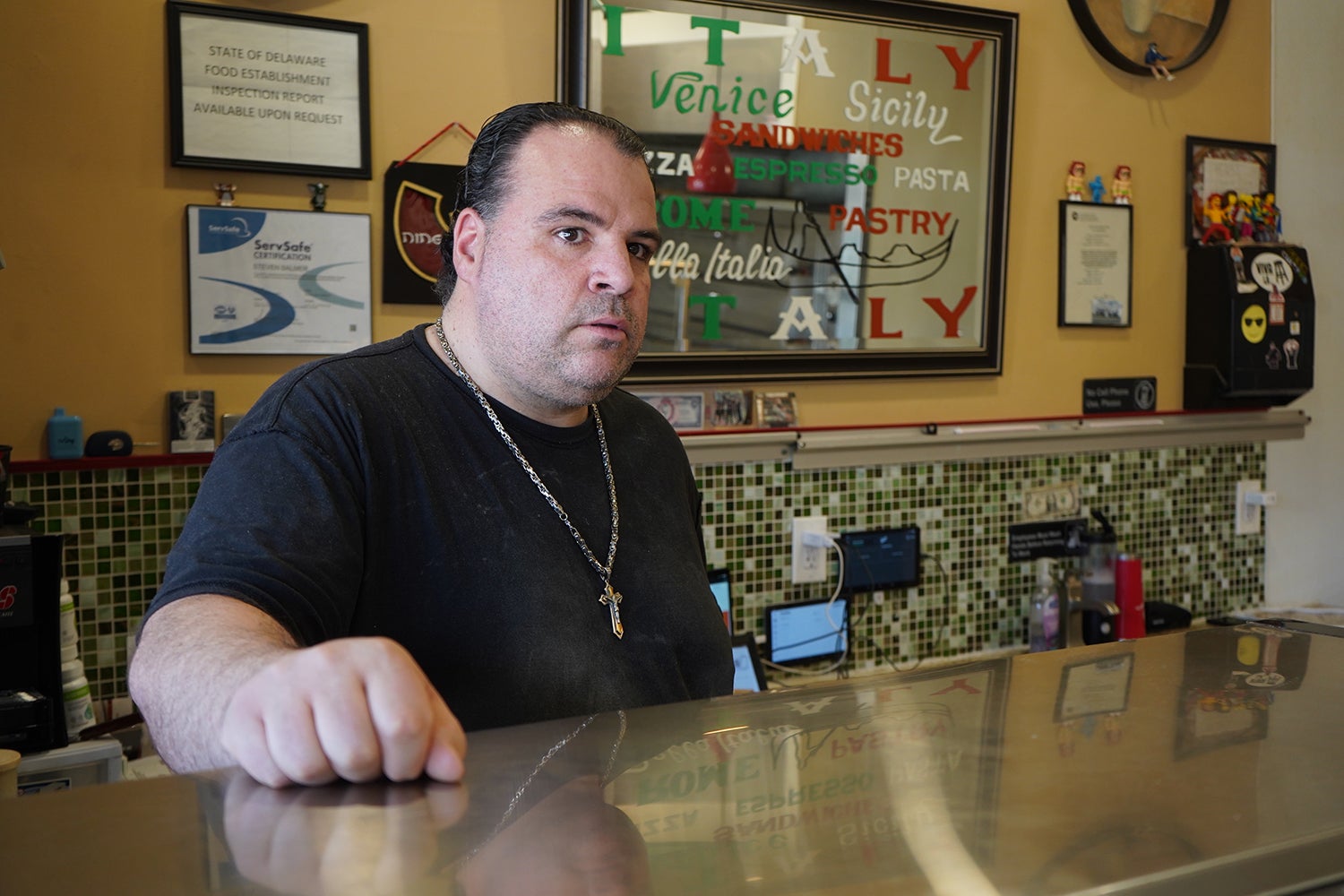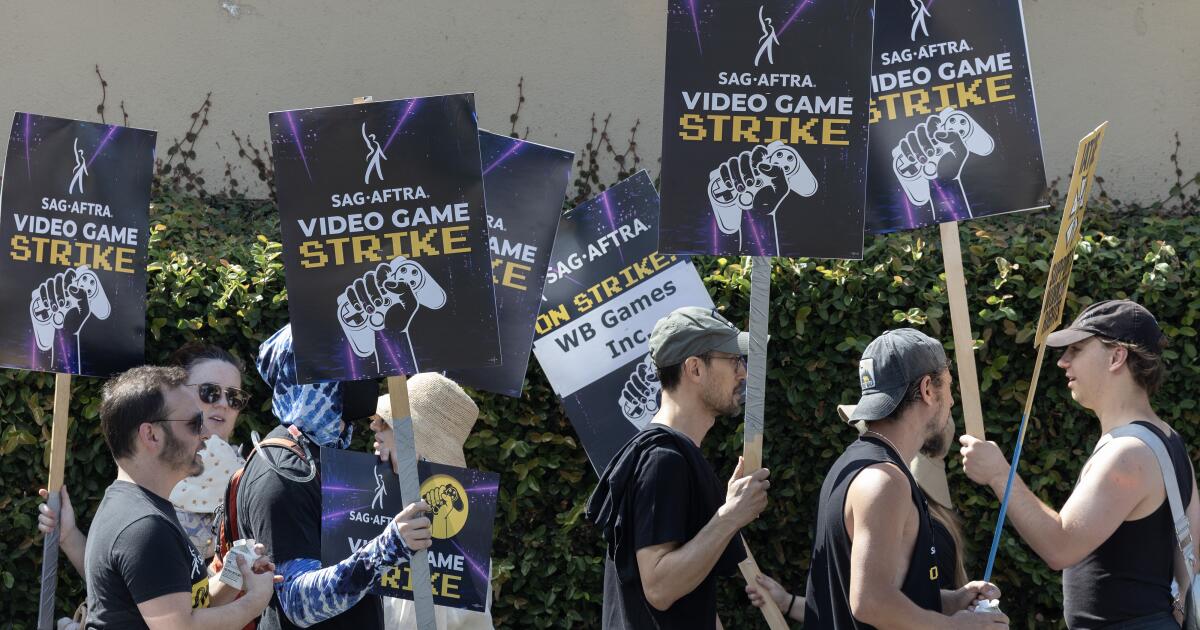Bussiness
Amazon’s Shopify killer got off to a slow start, according to sellers and internal emails
Nearly a year and a half since Amazon launched Buy with Prime, users are seeing mixed results, according to sellers who spoke to Business Insider.
That jibes with internal Amazon emails from last year that discussed “dissatisfaction,” with unit sales off target “by a wide margin.” Still, executives are sticking with the initiative and are confident in its long-term outlook.
“The original adoption from a consumer standpoint is slow,” said Craig Leslie, who sells coffee beans through The Bean Coffee Company. Buy with Prime accounts for about 3-5% of his sales, though he expects it to eventually grow as more customers become familiar with the tool.
Leslie is one of several online sellers who spoke with Business Insider about this service. While some have seen promising early results, others said they haven’t yet seen the boost to conversion rates they were hoping for. Others worried about adding customer friction and cutting into their profit margins with additional fees.
A “defensive move”
Amazon made Buy with Prime available to all sellers in January 2023. It’s aimed at bringing Prime benefits, such as fast shipping, free delivery, and customer reviews, to websites beyond Amazon.com. By adding the Buy with Prime checkout tool, merchants can sell Prime-eligible products on their own websites directly to consumers. Shoppers can check out using the payment and shipping information stored in their Amazon account.
The launch was partly motivated by Shopify’s explosive growth. Amazon leaders worried about Shopify’s rise, which had made it one of the most popular platforms for online merchants. Buy with Prime was a “defensive” move against Amazon’s new rival intruding on its turf.
A growing number of brands are choosing to sell through their own websites. With Amazon’s online retail business hovering around single-digit growth rates, Buy with Prime can potentially help Amazon reach a wider audience and find new growth opportunities.
Missed goals
Internal emails from last year point to a sluggish start, though. In July, Peter Larsen, the VP in charge of Buy with Prime, wrote to his team about his “dissatisfaction” with unit sales going off target “by a wide margin.” Among the 38 large merchants that had launched Buy with Prime at the time, only five were “generally ramped” in adoption, he added.
Still, Amazon’s CEO Andy Jassy and the company’s leadership team expressed “a ton of confidence” and “optimism” in Buy with Prime because the initiative is in its infancy, Larsen wrote in the July email addressed to “Santistas,” a reference to the project’s codename Project Santos.
“Although leadership shares our near-term dissatisfaction, they share our continued optimism over the program’s long-term prospects (and the recognition that forecasting a v1 product is akin to planning the weather at the top of Mt. Rainier…),” Larsen wrote in the email, referring to a snowcapped peak near Seattle, where Amazon is headquartered.
‘Product-market fit’
Larsen also shared positive developments in the July email. Some sellers were seeing more new customers and improved inventory turnover. Shoppers who purchase through Buy with Prime also spent more on Amazon, he wrote.
But in another internal email from April of last year, Larsen wrote that the strong conversions were “not translating efficiently enough” to higher sales and profits. He wrote that Buy with Prime needed to “increase average order value (or units per order)” to solve this.
He also wrote that “operational friction” is still high for Buy with Prime and that it needed to more deeply integrate with the systems that online merchants use for their daily site operations.
Months later, Amazon struck a deal with Shopify that put Buy with Prime on the Shopify merchant marketplace, extending the tool’s reach with sellers.
In that email from April 2023, Larsen shared that Buy with Prime will know it has found “product-market fit” when people voluntarily start using it more. To get there, he added, Buy with Prime needed to prove this hypothesis: “The upside of the lift that BwP drives more than offsets the downside of fees, operational friction, and questions about working with Amazon.”
A key metric that can prove that hypothesis is the percentage of best-selling products merchants sell with Buy with Prime on their websites, Larsen wrote. At the time, 36% of the products were Buy with Prime-enabled.
“When merchants push that metric to >75%, it’ll be a good indication that we’ve found product-market fit,” Larsen wrote.
7% to 11%
Anders Piiparinen, senior e-commerce manager at the acceleration platform Pattern, is seeing some early positive impacts to conversion rates, but he said Buy with Prime still makes up a relatively low percentage of sales for merchants.
Tria Beauty, one of the brands he helped adopt Buy with Prime, saw 7% to 11% of its DTC sales come from Buy with Prime over the last 18 months, according to Piiparinen, who’s currently onboarding about 20 sellers to the program.
Buy with Prime doesn’t always make sense for merchants that sell lower-priced items — say, $20 or less — because Amazon’s fulfillment fees make profit margins too thin. He still recommends that brands at least do A/B testing, which Amazon facilitates for sellers considering Buy with Prime.
More friction, tighter margins
Victor Trac has been A/B testing Buy with Prime for his massage gun brand, Ekrin Athletics, since last fall. He said Amazon typically accounts for more than 50% of his overall sales. With the A/B test in place, half of visitors to his site will see an option to check out with Buy with Prime. About 25% of the site’s sales are going to Buy with Prime, but the overall conversion rates are slightly lower. He plans to leave the button active for now.
“I don’t feel like it’s hurt or helped all that much,” he said.
Online merchants who spoke to BI say Buy with Prime can add friction to the checkout process. Customers have to be logged in to their Amazon account to use Buy with Prime. They also have to be familiar with what it is, which means that enough sellers have to deploy it on their online stores.
Several sellers said margins are often tighter with Buy with Prime, and on Amazon in general. That compares to their direct-to-consumer sites, which avoid various fees that Amazon charges.
For example, Leslie from The Bean Coffee Company said determining the correct price to account for Amazon’s shipping and fulfillment fees is the most difficult part of using Buy with Prime.
To use Buy with Prime, Amazon charges merchants a 3% Prime service fee in addition to fulfillment fees and payment processing fees. Amazon also recently introduced a low inventory fee and a placement fee for sellers using its fulfillment services, which many sellers say have further squeezed their profit margins.
However, Piiparinen said the 3% service fee is less than the referral fees merchants pay when selling on Amazon.com. He added that there are benefits to building sales on a brand website versus Amazon. Buy with Prime could help with this, as long as the visitors to their sites are Prime members.
“This is a way to meet the customer where they are, and still offer the great benefits of Amazon shipping and reliability,” he said. “But now that brand can capture that customer data.”
Amazon’s statement
In an email to BI, Larsen, said his team is seeing “strong adoption” from merchants and positive feedback from Prime members.
“Buy with Prime was designed to be more than fulfillment — it’s a suite of conversion and fulfillment services that drives growth for brands as well as the opportunity to build brand loyalty with Prime members. Buy with Prime’s storage and fulfillment fees are comparable to those from other major fulfillment services and, so far, feedback from most merchants that sell products at all types of price points is that they think the growth they see from Buy with Prime more than offsets the costs, though we are always listening and learning to improve,” Larsen said in a statement.
Amazon’s spokesperson also provided links to case studies that they said show Buy with Prime’s success. Smart home device maker Wyze, for example, saw 20% of website orders come through Buy with Prime. Hydration supplement company HydraLyte is seeing higher conversion and lower costs because of Buy with Prime.
The energy drink maker ZOA saw its average order value for Buy with Prime orders increase 29.1% and its units per order grow 29.8%, the spokesperson added. Charlie’s Soap and Trophy Skin each saw their shopper conversion rates jump 31% and 40%, respectively, with Buy with Prime. GreatCircleUS.com had over 70% of its site orders and revenue come from Buy with Prime, and bareMinerals increased its revenue per visitor by 40% after adding Buy with Prime to their site.
Got a tip?
Contact the reporter, Madeline Stone, at mstone@businessinsider.com, mlstone@protonmail.com, or on the secure messaging app Signal at (646) 889-2143 using a non-work phone.
Contact the reporter, Eugene Kim, via the encrypted-messaging apps Signal or Telegram (+1-650-942-3061) or email (ekim@businessinsider.com). Reach out using a nonwork device. Check out Business Insider’s source guide for other tips on sharing information securely.










